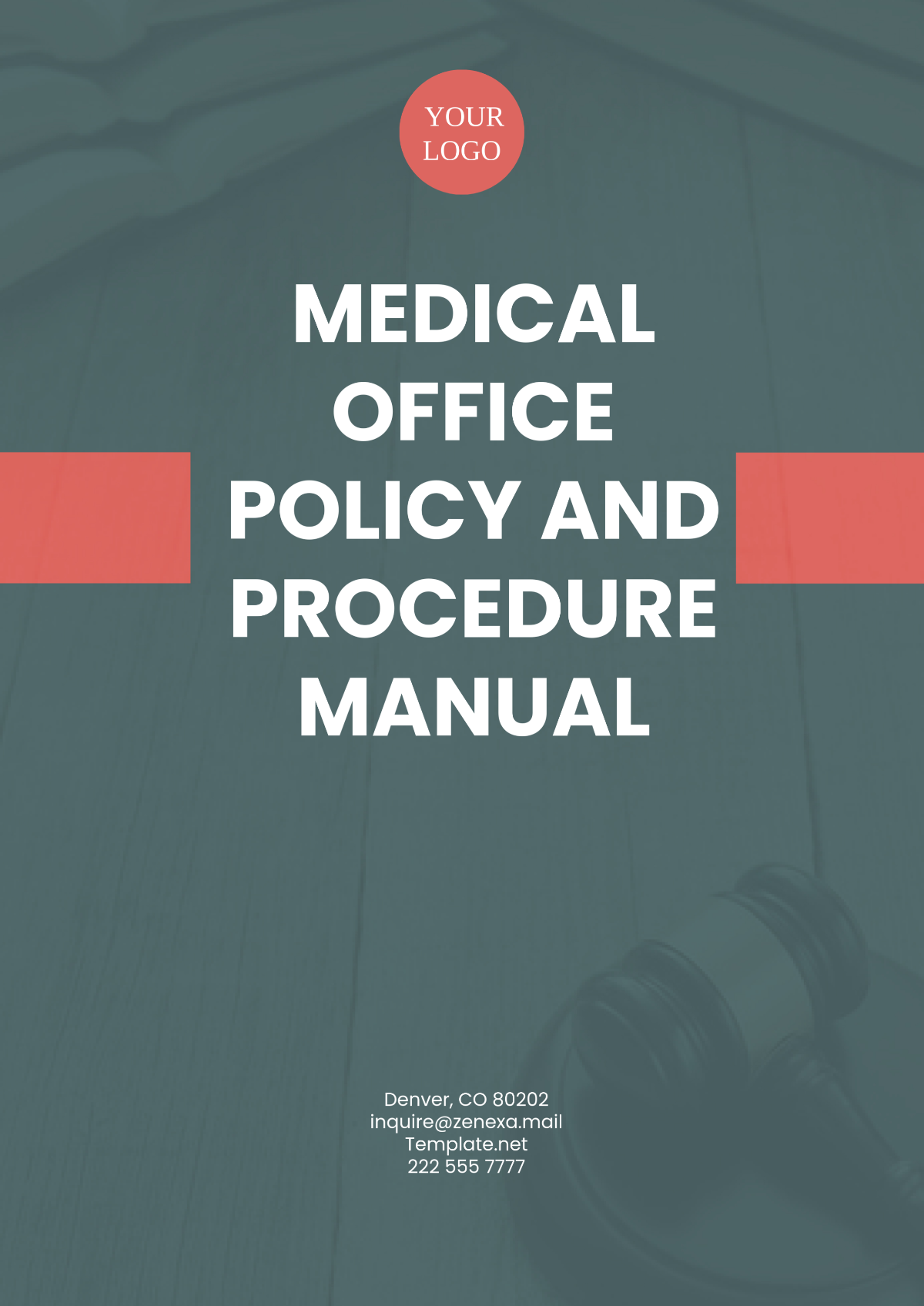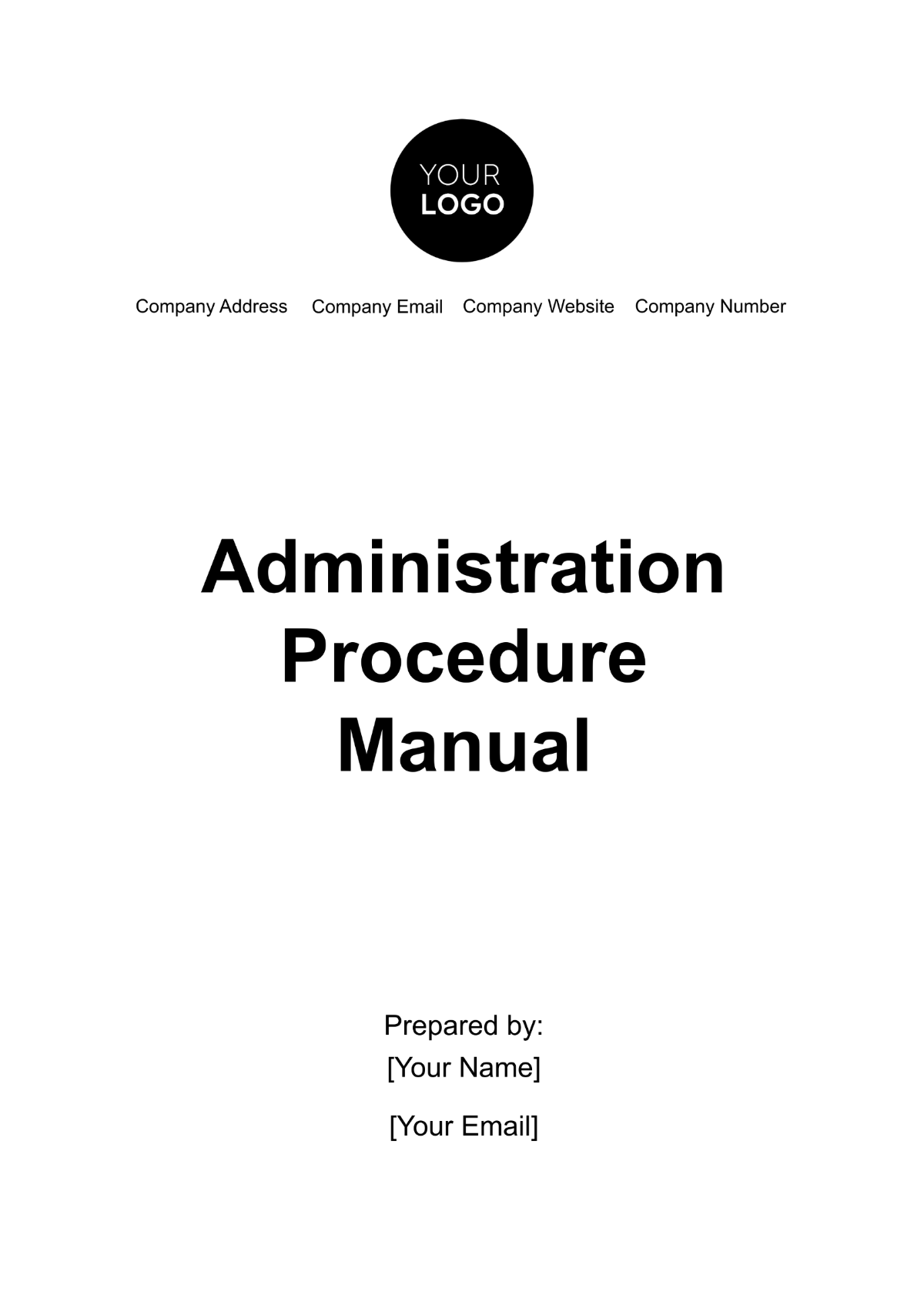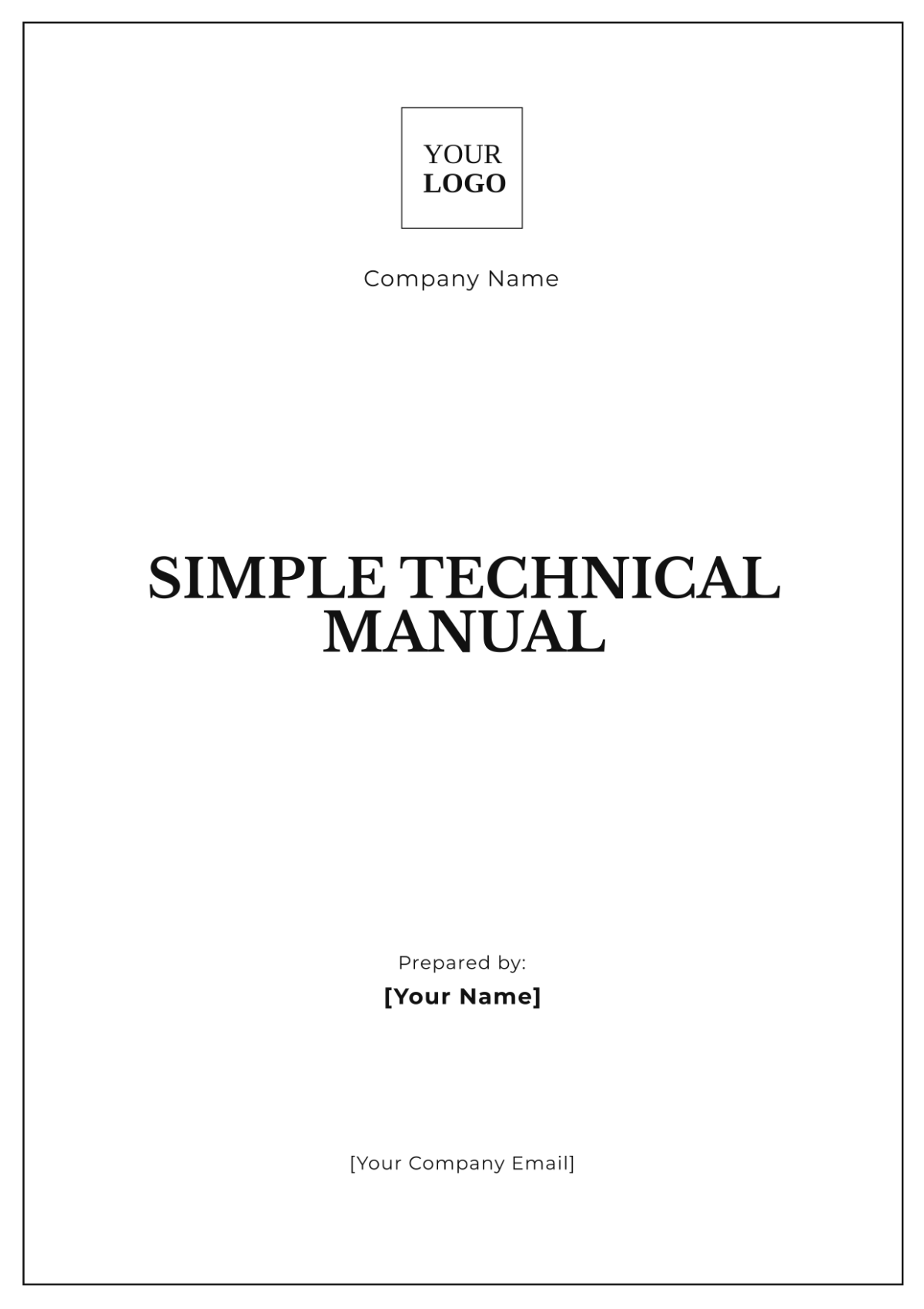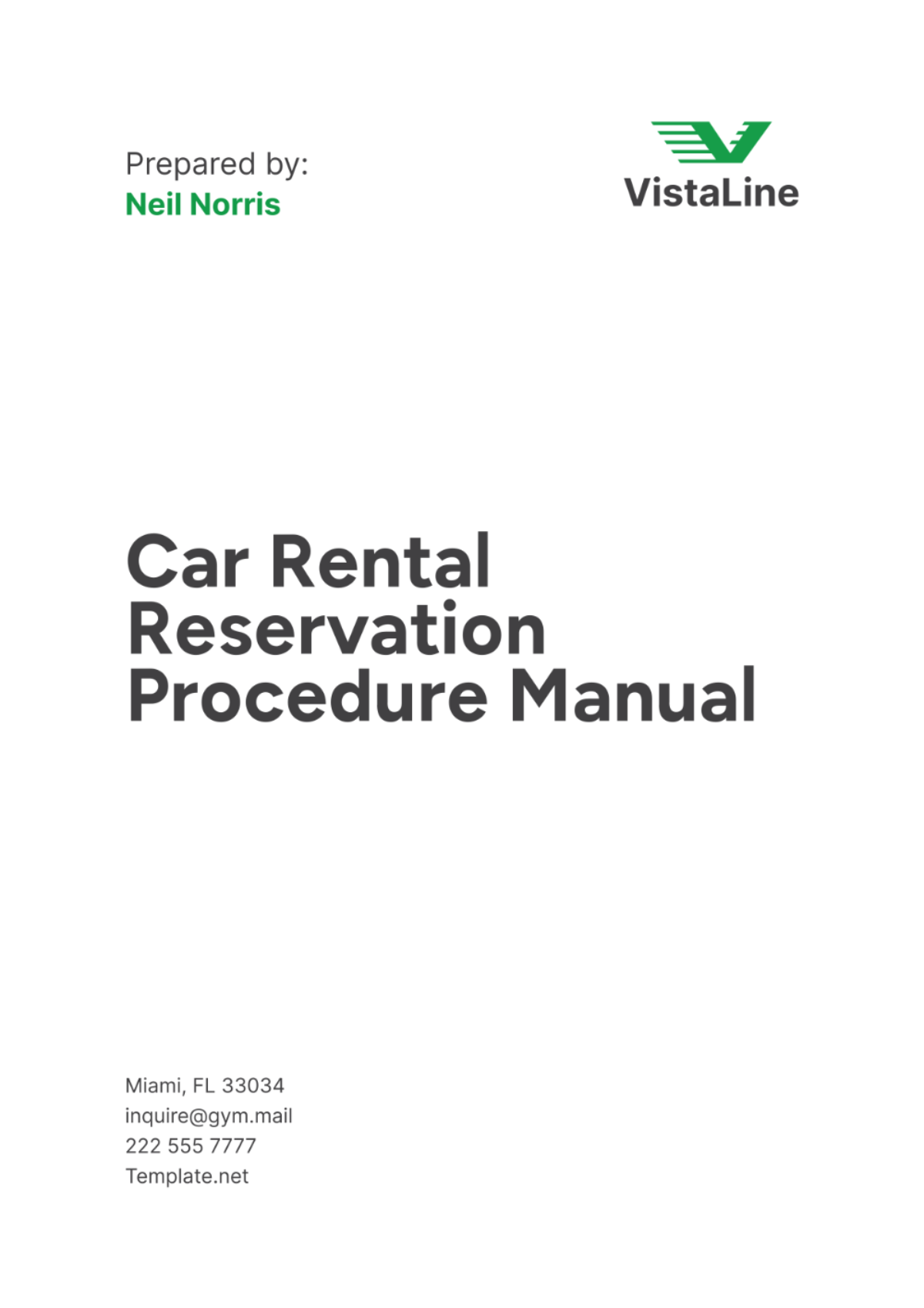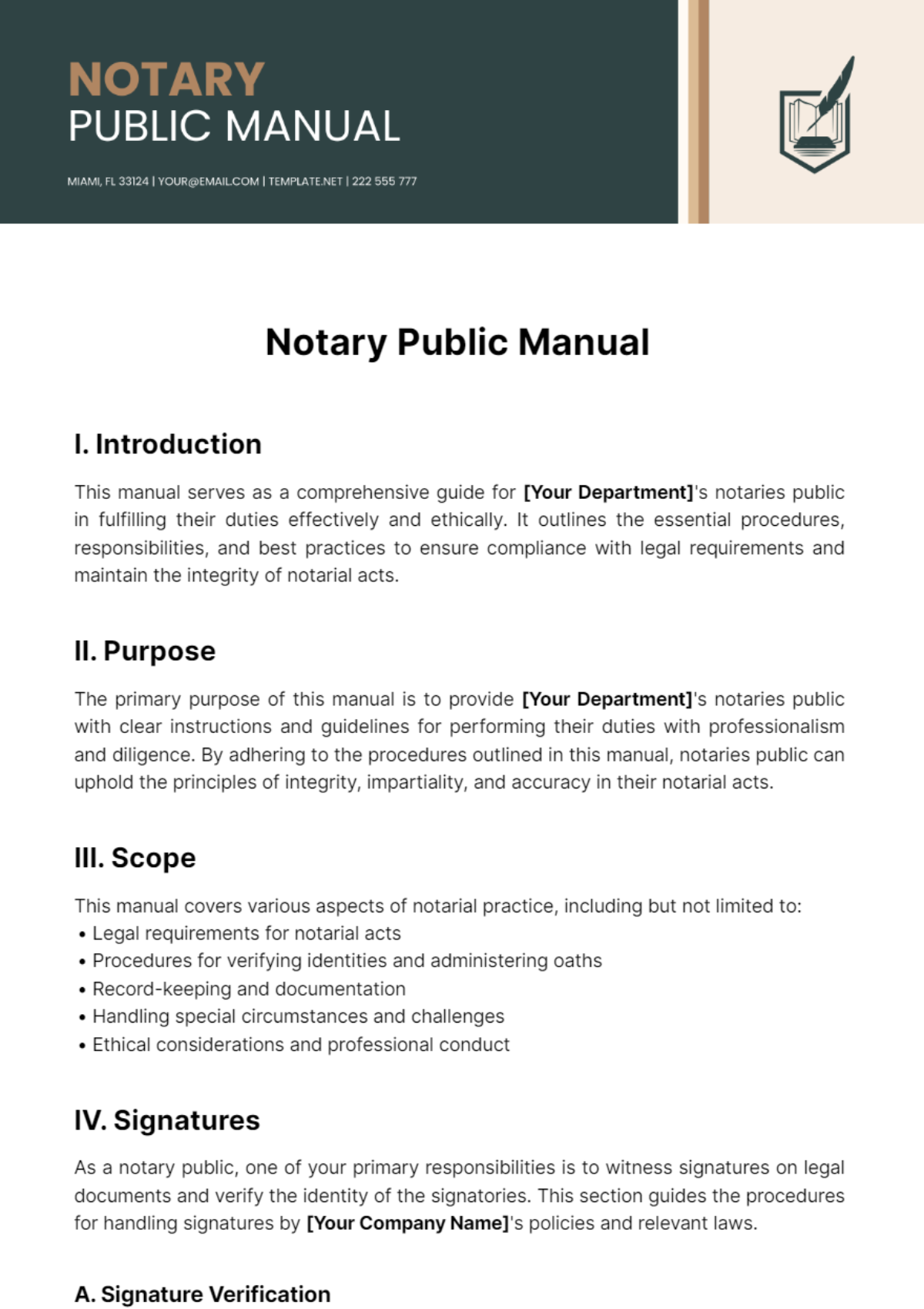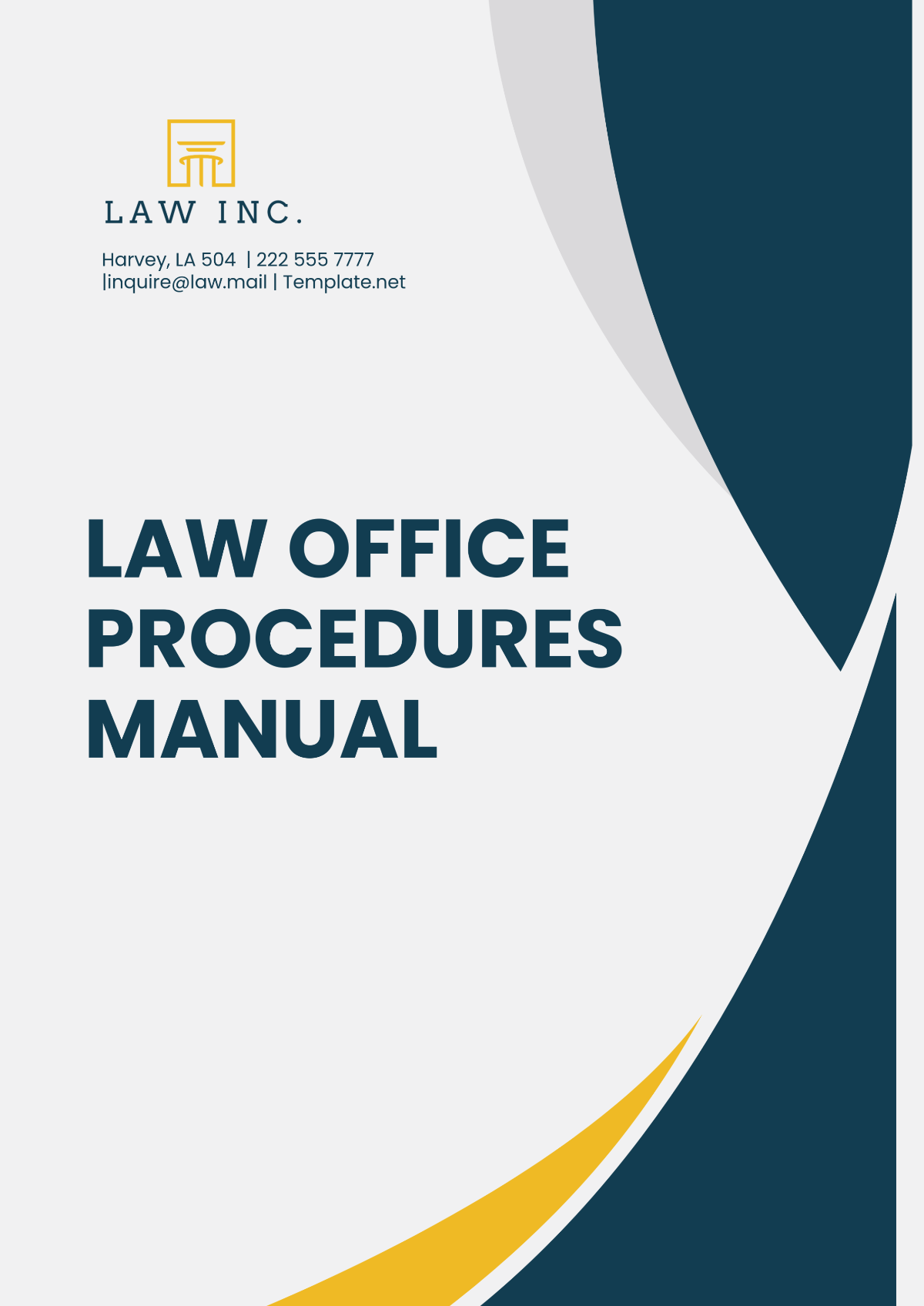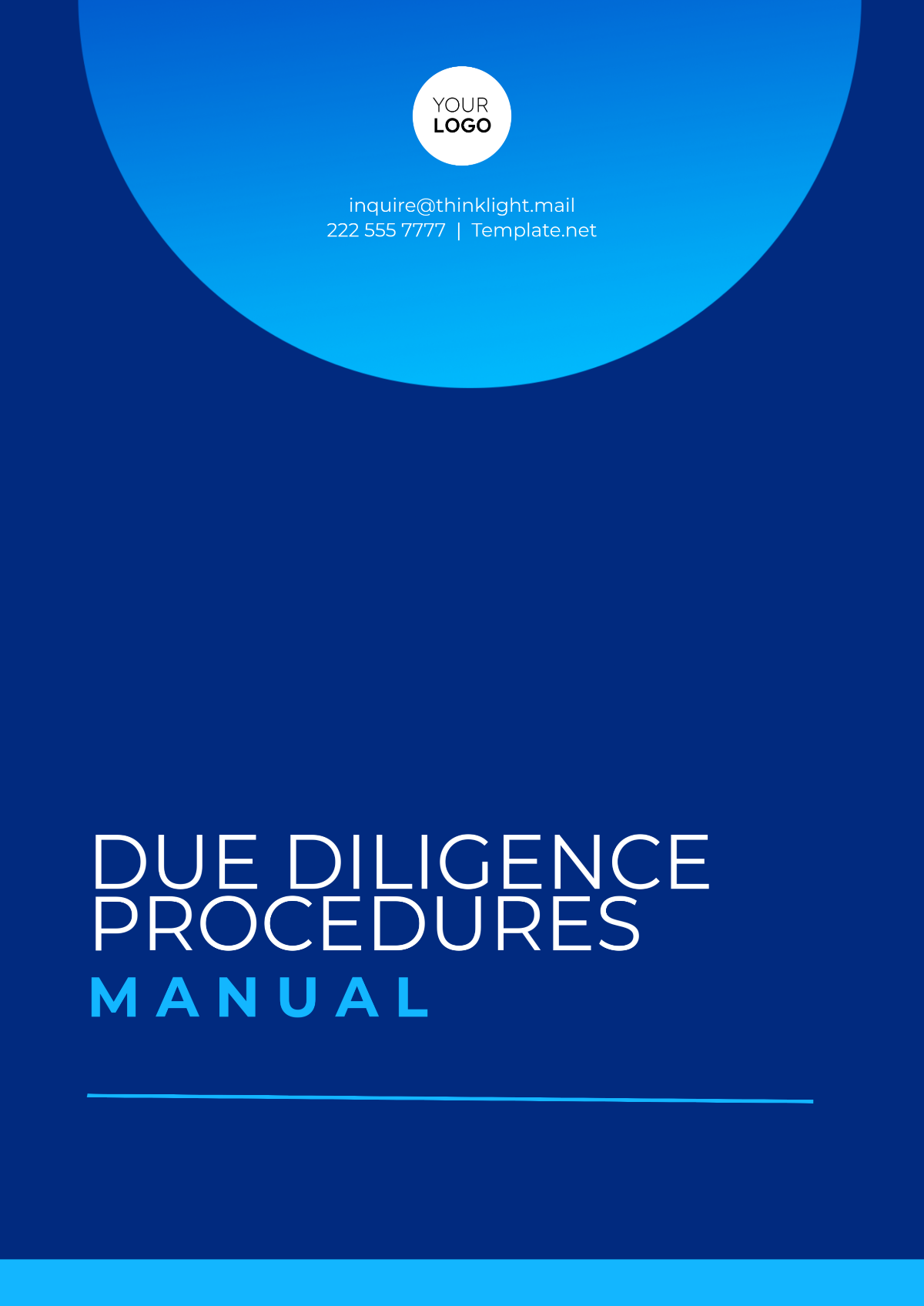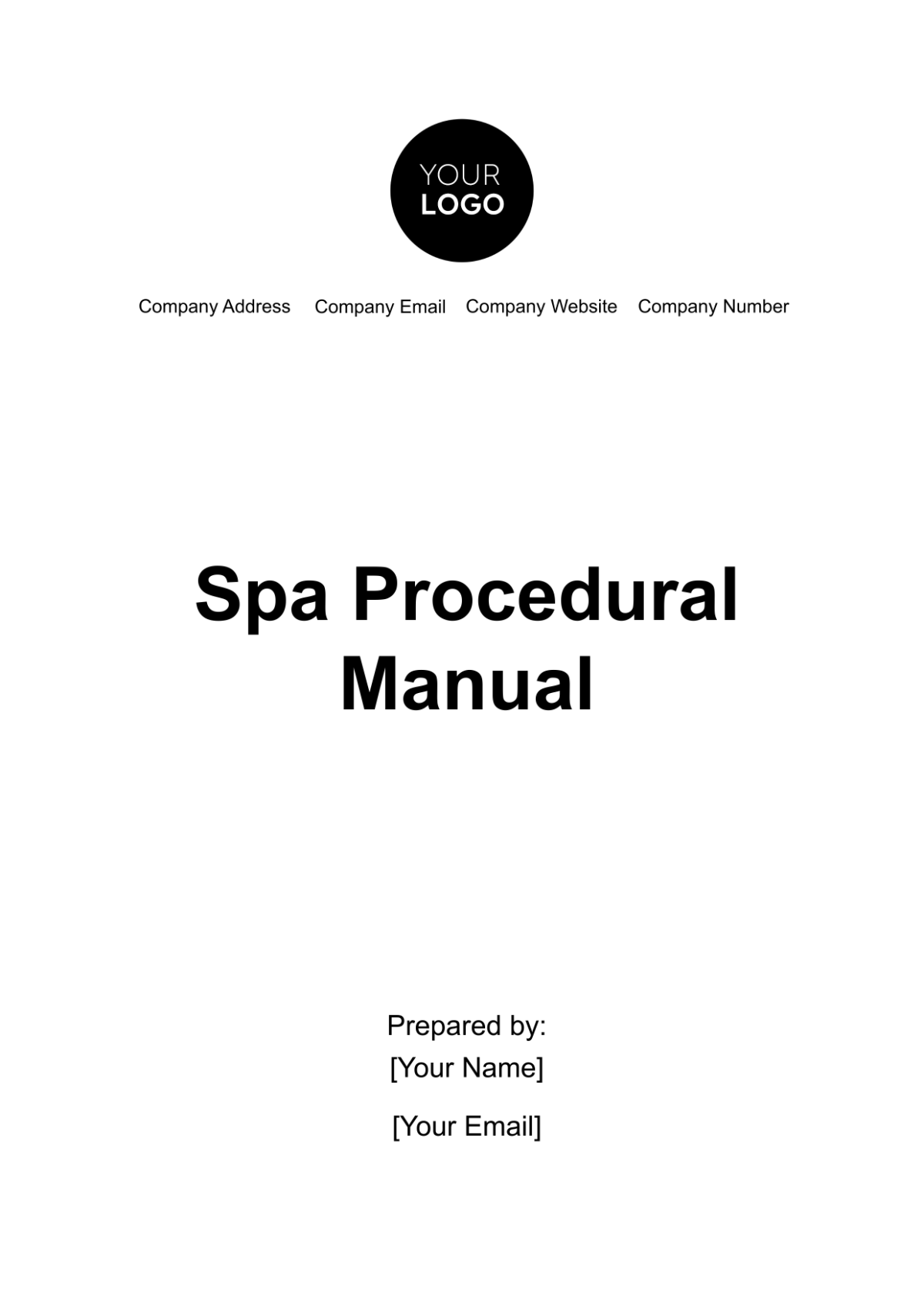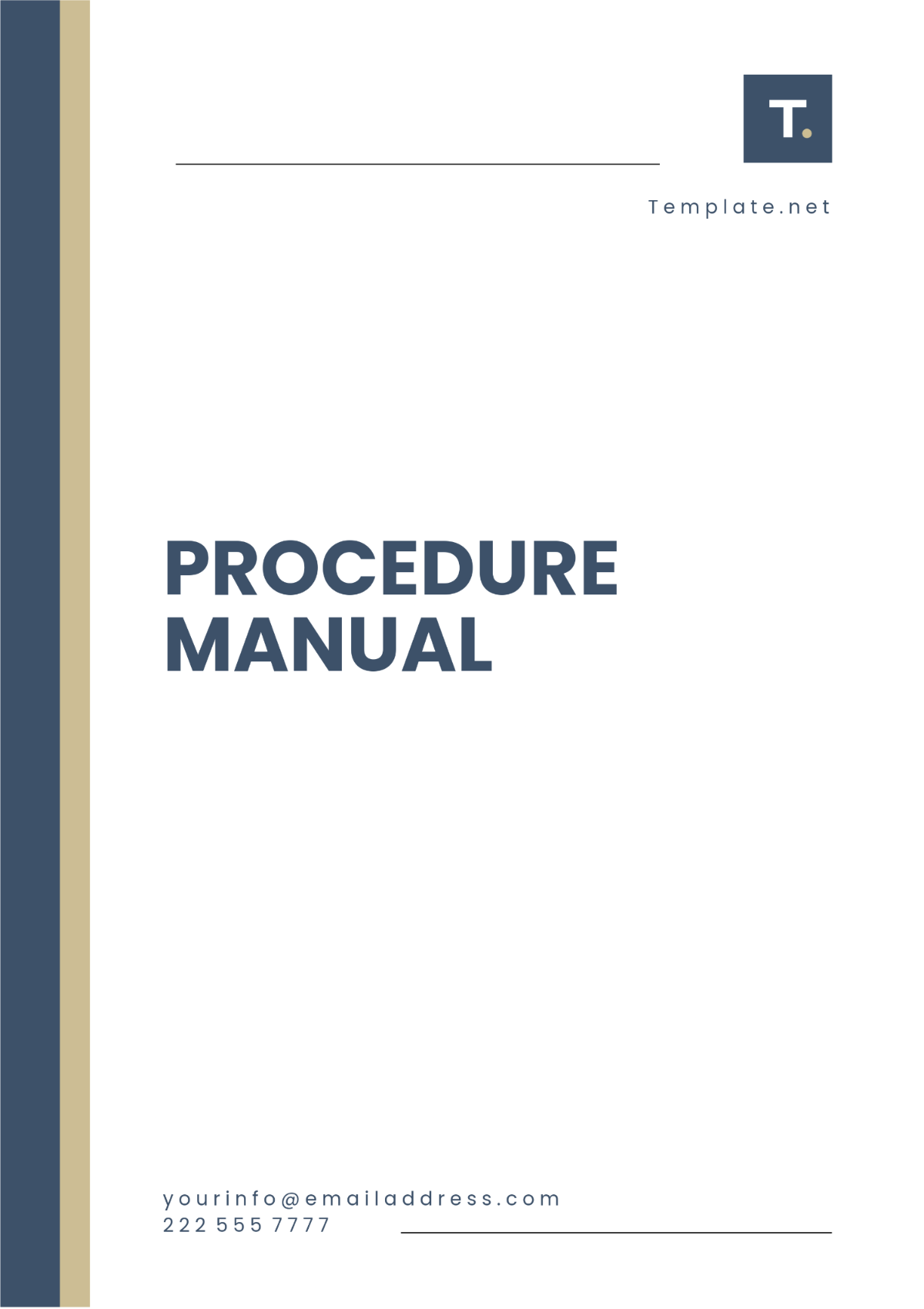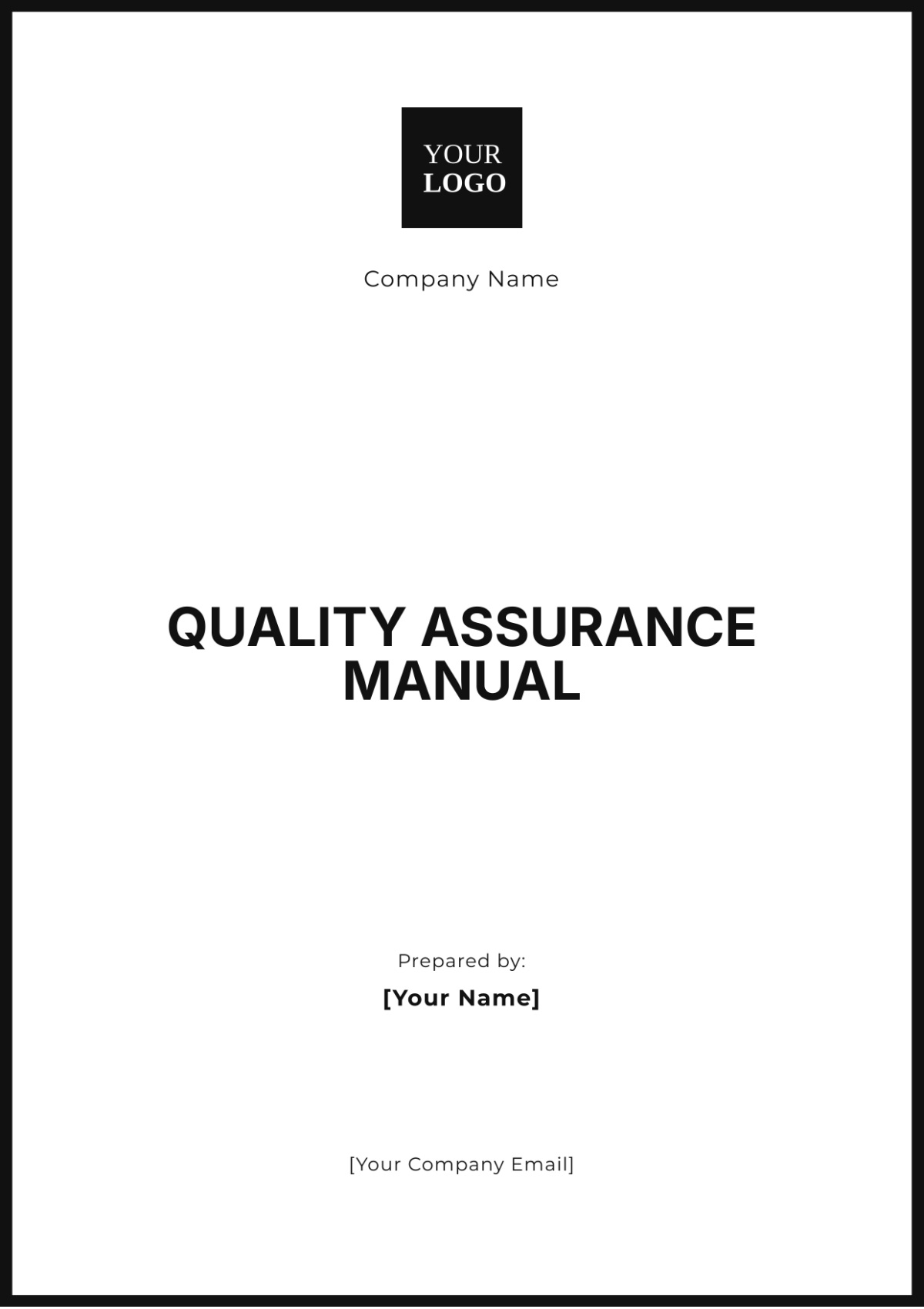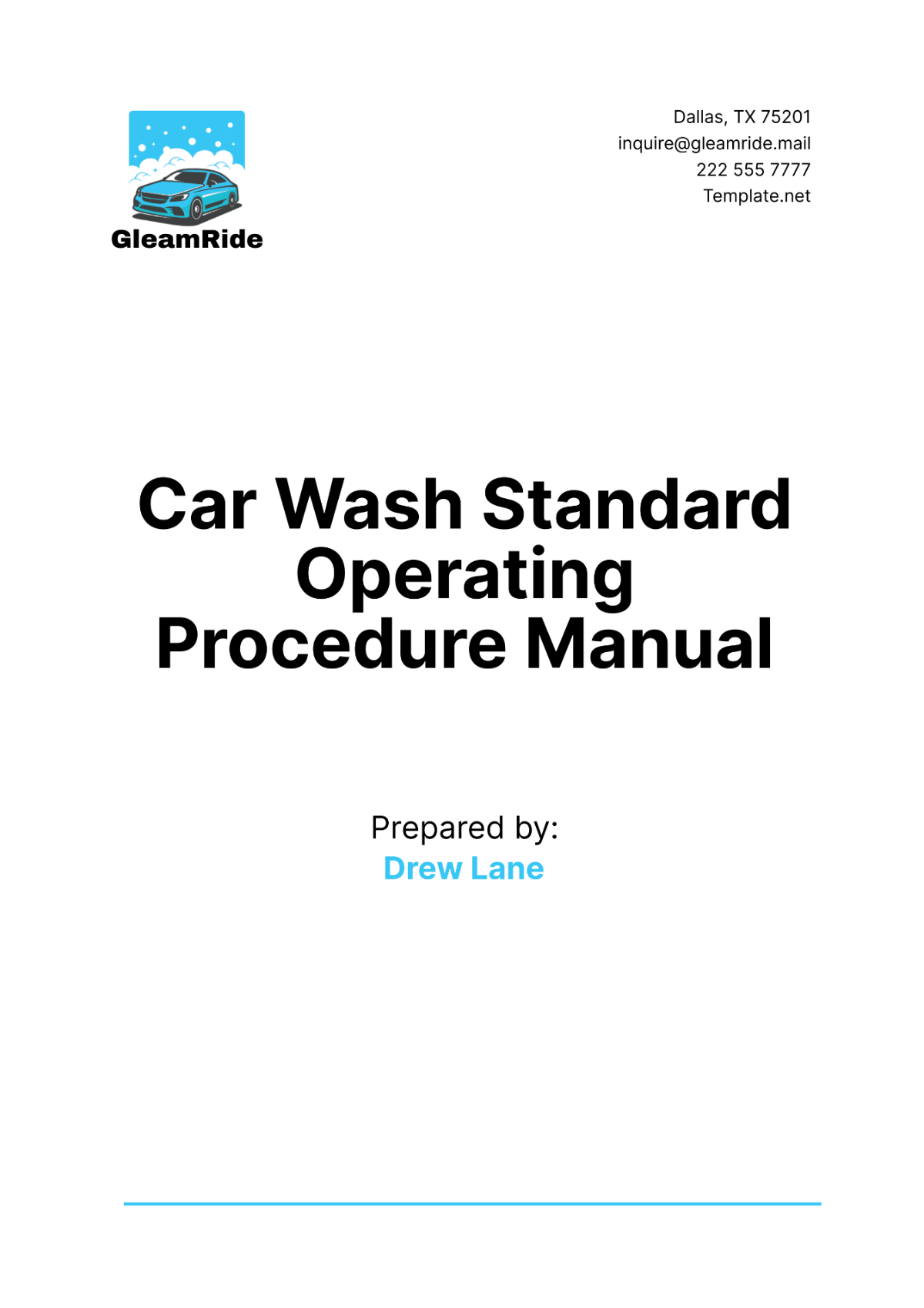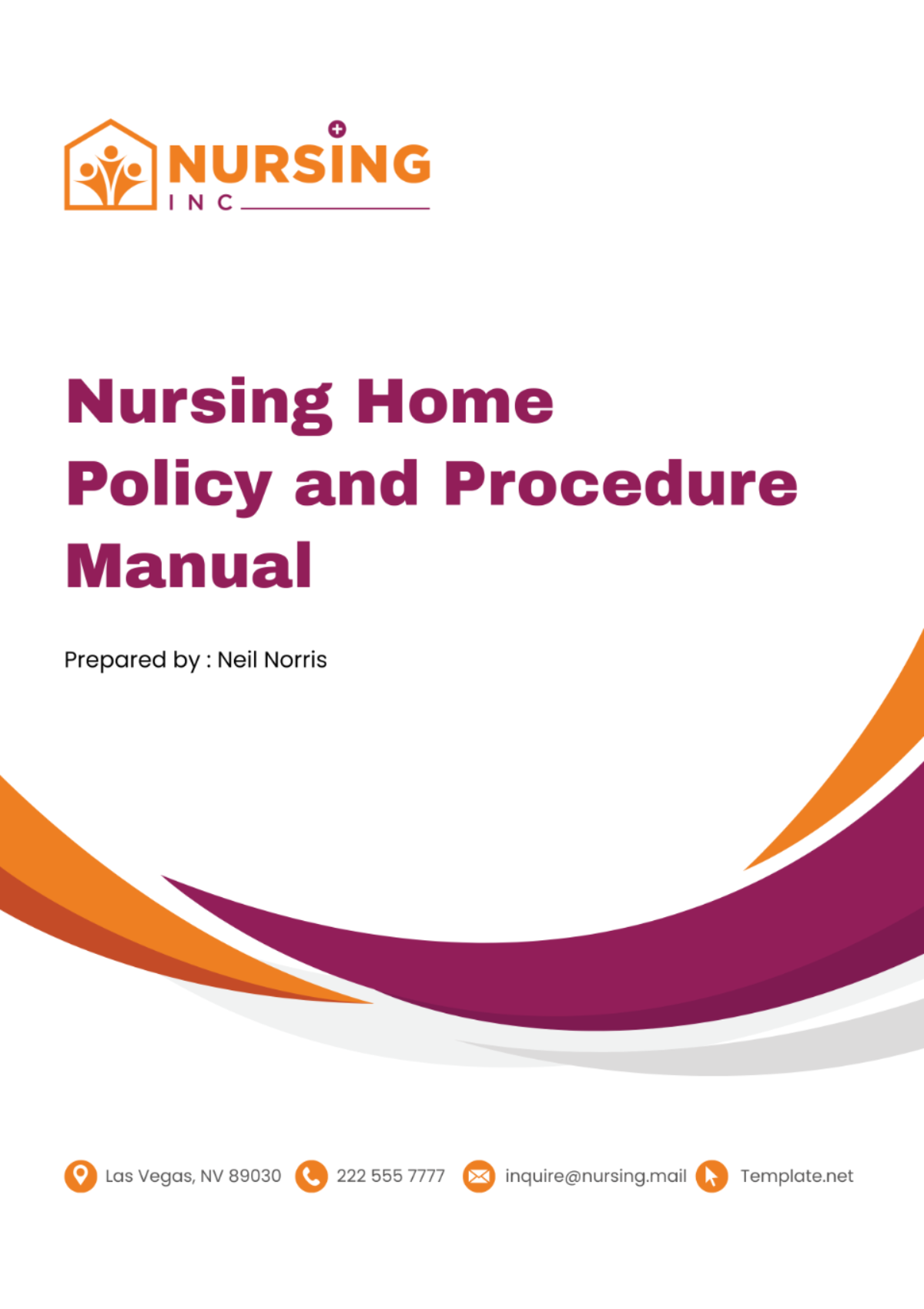Legal Client Service Policies and Procedures Manual
I. Introduction
A. Purpose of the Manual
This manual is designed to establish and communicate the standards and procedures by which we deliver services to our clients. It serves as a guide for our attorneys and staff to ensure that our client service is consistent, professional, and of the highest quality.
B. Scope and Applicability
The policies and procedures outlined in this manual apply to all employees, including attorneys, paralegals, administrative staff, and any other personnel involved in client service within our organization. These guidelines are to be followed in all interactions with clients, from initial intake through the conclusion of their legal matters.
C. Definitions of Key Terms
Client - Any individual or entity that engages our services for legal representation or advice.
Engagement Letter - A formal document that outlines the scope of services to be provided, the responsibilities of both parties, and the terms of the engagement, including billing arrangements.
Confidential Information - Any non-public information related to a client’s legal matters or personal affairs that is disclosed to us in the course of our representation.
II. Client Service Philosophy
A. Firm's Commitment to Client Service
We are committed to providing our clients with legal services of the highest quality and integrity. Our approach is client-centered, emphasizing clear communication, responsiveness, and attention to detail. We strive to exceed our clients' expectations in every aspect of our service.
B. Overview of the Client Service Standards
Our client service standards are based on the principles of professionalism, excellence, and respect. These standards guide our interactions with clients and include:
Timeliness - Responding to client communications promptly and meeting all legal and procedural deadlines.
Accessibility - Ensuring clients have access to their legal team when needed and keeping them informed about the status of their matters.
Clarity - Communicating legal advice and information in a clear and understandable manner, avoiding unnecessary legal jargon.
C. Importance of Client Satisfaction
Client satisfaction is paramount to our success. We believe that satisfied clients are the result of excellent service, successful legal outcomes, and positive client-lawyer relationships. We are dedicated to continuous improvement in our service delivery and welcome client feedback as a valuable tool for enhancing our practices.
III. New Client Intake and Onboarding
A. Procedures for New Client Inquiries
Upon receiving a new client inquiry, whether by phone, email, or in-person visit, we ensure that the potential client is promptly greeted and provided with a courteous and professional initial consultation. A designated intake team is responsible for gathering preliminary information about the potential client's legal needs and scheduling an initial consultation with the appropriate attorney. This process ensures that from the very first contact, potential clients receive attentive and efficient service, reflecting our commitment to excellence in client care.
B. Client Intake Process, Including Initial Consultations
The client intake process is designed to be thorough and informative, both for us and the potential client. During the initial consultation, we assess the potential client's legal needs, provide preliminary advice, and discuss how our services can be of assistance.
Initial Contact: Record the potential client's basic information and legal issue(s).
Conflict Check: Ensure there are no conflicts of interest before proceeding further.
Scheduling: Arrange an initial consultation with the attorney best suited to the potential client's needs.
Consultation: The attorney conducts a detailed assessment of the legal matter, discusses possible approaches, and outlines the next steps.
Engagement Decision: Based on the consultation, the potential client decides whether to engage our services.
C. Conflict of Interest Checks
Before any client is formally taken on, we conduct a comprehensive conflict of interest check. This process involves searching our existing client database and potential conflicts with other current or past clients. If a conflict is identified, we determine whether it can be ethically managed with appropriate safeguards. If not, we regretfully decline representation but, where possible, provide referrals to other reputable attorneys.
D. Client Onboarding Procedures
Once a potential client decides to engage our services, the onboarding process begins. This crucial phase sets the foundation for the client-attorney relationship and ensures that all legal and procedural expectations are clearly established.
Engagement Letter: Draft and send an engagement letter outlining the scope of services, fees, billing practices, and other terms of our engagement.
Retainer Agreement: If applicable, prepare a retainer agreement specifying the retainer amount required, how it will be applied to billing, and replenishment requirements.
Client Information: Collect comprehensive information about the client and their legal matter for our records.
Communication Preferences: Establish the client's preferred methods of communication and frequency of updates.
File Creation: Set up a new client file in our case management system, ensuring all relevant information is accurately recorded and securely stored.
IV. Communication Policy
A. Standards for Responsiveness and Communication with Clients
Effective and timely communication is a cornerstone of our client service philosophy. We are committed to maintaining open lines of communication with our clients to ensure they are informed and engaged throughout the legal process.
Promptness: Respond to client communications within one business day.
Clarity: Provide clear and understandable explanations of legal concepts.
Accuracy: Ensure all information provided to clients is accurate and updated.
Respect: Listen actively to client concerns and address them.
B. Preferred Channels of Communication
We recognize the importance of flexibility in communication and offer various channels to meet our clients' preferences and needs. Each channel is equipped with protocols to ensure effective and secure communication.
Channel | Protocols for Use |
Use for non-urgent communications, document sharing, and updates. Ensure encryption for sensitive information. | |
Phone | Use for urgent matters, detailed discussions, and when immediate feedback is needed. Confirm key points in writing when necessary. |
In-Person | Use for initial consultations, significant updates, and when a personal touch is needed. Follow up with a summary email. |
Secure Client Portal | Use for secure messaging, document sharing, and case updates. Encourage clients to use for confidential communications. |
C. Confidentiality and Security in Communication
We prioritize the confidentiality and security of all client communications. All communication channels are secured with appropriate encryption and access controls. Employees are trained in data protection practices, including secure handling and sharing of sensitive information. We comply with all legal and ethical standards related to client confidentiality and privacy.
D. Client Updates and Reporting Procedures
Keeping clients informed about their legal matters is essential to our service commitment. We have established procedures to ensure clients receive timely and meaningful updates.
Regular Updates: Provide periodic updates on case progress, next steps, and any changes in strategy.
Significant Developments: Inform clients immediately of any significant case developments or decisions that require their input or action.
Reporting: Offer regular, detailed reports on case status, billing, and other relevant matters, tailored to the client's preferences.
Review Meetings: Schedule periodic review meetings (in-person or virtual) to discuss case progress, answer questions, and adjust strategies as necessary.
V. File Management
A. Creation, Organization, and Maintenance of Client Files
The meticulous creation, organization, and maintenance of client files are pivotal to providing efficient and effective legal services. Upon the commencement of a new client engagement, a unique file is created in both electronic and, where necessary, physical formats. These files are organized systematically to ensure that all pertinent documents, correspondence, and notes are easily accessible.
Labeling: Clearly label each file with the client's name, case number, and other relevant identifiers.
Organization: Organize files into sections such as correspondence, legal documents, court filings, and notes for easy navigation.
Maintenance: Regularly update files with new documents and information, ensuring that the most current information is readily available.
Review: Periodically review files for completeness and accuracy, removing or correcting obsolete or redundant information.
B. Confidentiality and Data Protection Measures
Confidentiality and the protection of client data are of utmost importance. We employ rigorous measures to safeguard all client information against unauthorized access, disclosure, or theft. This includes the use of encrypted digital storage solutions, secure physical storage for paper files, and strict access controls.
C. Procedures for File Access and Retrieval
Access to client files is restricted to authorized personnel only, based on their role and the necessity to know specific information for case management purposes. This ensures that client confidentiality is maintained while enabling efficient case handling.
Access Control: Implement role-based access controls for electronic files and secure key access for physical file storage.
Tracking: Maintain a log of file access and retrieval, noting the date, the person accessing the file, and the purpose of access.
Retrieval Process: Establish a standardized process for file retrieval, including requests through a secure, documented procedure to ensure accountability.
D. Retention and Disposal of Client Files
After the conclusion of a case, client files are retained for a period defined by legal requirements and firm policy. This period allows for the resolution of any post-case inquiries or issues. Following this retention period, files are disposed of in a manner that protects client confidentiality.
Retention Period: Adhere to statutory requirements and best practices for the minimum retention period of client files, typically ranging from 5 to 10 years, depending on the case type.
Review for Disposal: Before disposal, review files to ensure that no materials are required to be preserved for ongoing or related matters.
Secure Disposal: Utilize secure disposal methods, such as professional shredding services for physical files and certified data destruction for electronic files, to prevent unauthorized access to discarded information.
VI. Billing and Payment Policies
A. Overview of Billing Practices
Our billing practices are designed to be fair, transparent, and aligned with the best interests of our clients. We offer a variety of billing arrangements to accommodate the diverse needs and preferences of our clients, including hourly rates, flat fees, and contingency fees. Each billing method is clearly explained and agreed upon at the outset of our engagement to ensure there are no surprises.
Billing Method | Description |
Hourly Rates | Clients are billed based on the actual time attorneys and staff spend on their case, billed at predetermined hourly rates. |
Flat Fees | A fixed fee is agreed upon for the entirety of a case or for a specific task, providing certainty and transparency in billing. |
Contingency Fees | Fees are contingent upon the successful resolution of a case, typically a percentage of the settlement or award. |
B. Procedures for Issuing Invoices and Statements
Invoices and statements are issued regularly to keep clients informed of the charges incurred and the progress of their case.
Itemization: Provide a detailed itemization of all charges, including descriptions of services rendered, the date of service, and the amount charged.
Frequency: Invoices are issued monthly, or as agreed upon in the engagement letter, to ensure timely communication of charges.
Review: Prior to issuance, invoices are reviewed for accuracy and completeness to ensure they reflect the agreed-upon billing arrangements.
C. Payment Terms and Methods
We strive to make the payment process as convenient as possible for our clients, offering flexible payment terms and a variety of payment methods.
Due Date: Payments are due within 30 days of the invoice date, unless otherwise agreed.
Late Payments: Late payment policies, including any interest on overdue amounts, are clearly communicated in the engagement letter.
Payment Methods: Credit Card, Bank Transfer, Check, Online Payment Platforms
D. Handling of Retainer Deposits and Client Funds
Retainer deposits are handled with the utmost care, in compliance with legal and ethical standards. These funds are deposited into a client trust account and are used to pay for services rendered and expenses incurred on behalf of the client.
Trust Account: All retainer deposits are kept in a separate client trust account, distinct from the firm's operating accounts.
Billing Against Retainer: Charges for legal services and expenses are billed against the retainer funds, with detailed accounting provided to the client.
Replenishment: Clients are notified when the retainer balance reaches a predetermined threshold and replenishment may be required.
Refunds: Any remaining balance in the retainer account at the conclusion of a case is promptly refunded to the client.
VII. Client Feedback and Service Improvement
A. Mechanisms for Gathering Client Feedback
We value our clients' feedback as it is essential for assessing the quality of our service and identifying areas for improvement. To facilitate open and constructive feedback, we employ several mechanisms designed to make it easy for clients to share their experiences with us.
Client Surveys: Following the conclusion of a case, clients are invited to complete a survey that assesses their satisfaction with various aspects of our service.
Online Reviews: Clients are encouraged to leave reviews on our website or third-party platforms, providing insights into their experience with our firm.
Feedback Meetings: We offer clients the opportunity to have debriefing meetings at the end of their case, allowing for detailed feedback and discussion.
Suggestion Box: Both our physical offices and our website feature a suggestion box for anonymous feedback.
B. Process for Addressing Client Complaints and Grievances
Client complaints and grievances are treated with the utmost seriousness. We have a structured process to ensure that all concerns are addressed promptly and effectively.
Acknowledgment: All complaints are acknowledged within one business day, ensuring the client feels heard.
Investigation: A thorough investigation is conducted to understand the circumstances and facts surrounding the complaint.
Resolution: We strive to resolve complaints to the client's satisfaction, whether through clarification, apology, correction of the issue, or other appropriate means.
Follow-Up: After resolution, we follow up with the client to confirm their satisfaction with the outcome and to discuss any lessons learned or changes implemented as a result of their feedback.
C. Continuous Improvement of Client Service Practices
The feedback and insights we gain from our clients are invaluable resources for continuous improvement. We are committed to using this information to refine and enhance our service offerings continually. Regular reviews of client feedback are conducted to identify trends, opportunities for training, and areas where procedural or policy adjustments may be beneficial. This commitment to excellence and improvement ensures that we not only meet but exceed our clients' expectations, fostering long-term relationships and a reputation for quality and integrity in client service.
VIII. Legal and Ethical Compliance
A. Overview of Relevant Legal and Ethical Obligations
Adherence to legal and ethical obligations is fundamental to our practice and the trust our clients place in us. Key among these obligations are the attorney-client privilege and the duty of confidentiality. Attorney-client privilege protects the privacy of communications between attorneys and clients, while the duty of confidentiality requires us to protect all information related to a client's case, regardless of its source. These principles are central to maintaining the integrity of our client relationships and the legal system.
B. Policies to Ensure Compliance
Our firm has implemented a comprehensive set of policies to ensure that all attorneys and staff members comply with the highest professional standards and regulations. These policies are designed to uphold our ethical obligations and foster a culture of integrity and responsibility.
Training and Education: Regular training sessions on legal ethics, confidentiality, and compliance with all relevant laws and regulations.
Confidentiality Agreements: All employees are required to sign confidentiality agreements as a condition of their employment.
Compliance Audits: Periodic audits to ensure adherence to ethical guidelines, privacy laws, and client confidentiality standards.
Conflict of Interest Policy: Procedures to identify and manage potential conflicts of interest, ensuring that our representation of clients is impartial and effective.
C. Procedures for Reporting and Addressing Ethical Concerns
We encourage a culture where ethical concerns can be raised without fear of retribution. Clear procedures are in place for reporting and addressing any ethical issues that may arise.
Reporting Mechanism: A confidential and secure system for reporting ethical concerns or breaches, accessible to all employees.
Investigation: All reports of ethical concerns are investigated promptly and thoroughly by a designated ethics officer or committee.
Resolution: Actions are taken to address and resolve the issue, which may include disciplinary measures, policy changes, or further training.
Feedback: Individuals who raise concerns are informed about the outcome of the investigation and any actions taken, respecting confidentiality and privacy.
IX. Emergency and Contingency Planning
A. Procedures for Business Continuity in Case of Emergencies
Recognizing the importance of preparedness for unforeseen events, we have established comprehensive procedures to ensure business continuity in the face of emergencies, such as natural disasters or pandemics. These procedures enable us to maintain operations and continue serving our clients with minimal disruption.
Remote Work Capabilities: Ensure all employees have the necessary tools and access to work remotely.
Data Backup and Recovery: Regularly back up all client files and firm data in secure, off-site locations.
Communication Plan: Establish clear channels of communication for internal teams and clients to relay information promptly during an emergency.
Essential Services Prioritization: Identify and prioritize critical client services that must be maintained during an emergency.
B. Succession Planning for Client Files and Matters
To safeguard our clients' interests, we have implemented a succession planning policy for client files and matters. This policy ensures that each client's legal matters are properly managed and transitioned in the event of an attorney's unexpected departure, incapacity, or other situations that might otherwise interrupt the provision of legal services.
Designate alternative attorneys who are familiar with or can easily access necessary information to take over client matters seamlessly.
Maintain comprehensive and up-to-date client files to facilitate smooth transitions.
X. Training and Development
Our firm is committed to the continuous professional development of our attorneys and staff. We believe that ongoing training and education are critical to maintaining the quality of our legal services and adapting to the evolving legal landscape.
Program | Duration | Frequency |
Legal Ethics | 2 hours | Annually |
Data Security Training | 1 hour | Biannually |
Practice Area Updates | Varies | Quarterly |
Client Service Excellence | 3 hours | Annually |
Professional Development Workshops | Varies | As available |
XI. Review and Revision Policies
To ensure our policies and procedures remain effective and aligned with current legal standards, best practices, and the needs of our clients, we conduct regular reviews and revisions.
Annual Review: All policies and procedures are subject to an annual review by a dedicated committee.
Stakeholder Input: Solicit feedback from attorneys, staff, and clients to inform revisions.
Regulatory Compliance: Update policies to reflect changes in laws and professional standards.
Implementation: Communicate changes to all employees and provide training as necessary to ensure compliance.
Documentation: Maintain records of all revisions for accountability and future reference.












